- News
- Reviews
- Bikes
- Components
- Bar tape & grips
- Bottom brackets
- Brake & gear cables
- Brake & STI levers
- Brake pads & spares
- Brakes
- Cassettes & freewheels
- Chains
- Chainsets & chainrings
- Derailleurs - front
- Derailleurs - rear
- Forks
- Gear levers & shifters
- Groupsets
- Handlebars & extensions
- Headsets
- Hubs
- Inner tubes
- Pedals
- Quick releases & skewers
- Saddles
- Seatposts
- Stems
- Wheels
- Tyres
- Tubeless valves
- Accessories
- Accessories - misc
- Computer mounts
- Bags
- Bar ends
- Bike bags & cases
- Bottle cages
- Bottles
- Cameras
- Car racks
- Child seats
- Computers
- Glasses
- GPS units
- Helmets
- Lights - front
- Lights - rear
- Lights - sets
- Locks
- Mirrors
- Mudguards
- Racks
- Pumps & CO2 inflators
- Puncture kits
- Reflectives
- Smart watches
- Stands and racks
- Trailers
- Clothing
- Health, fitness and nutrition
- Tools and workshop
- Miscellaneous
- Buyers Guides
- Features
- Forum
- Recommends
- Podcast
BUYER'S GUIDE
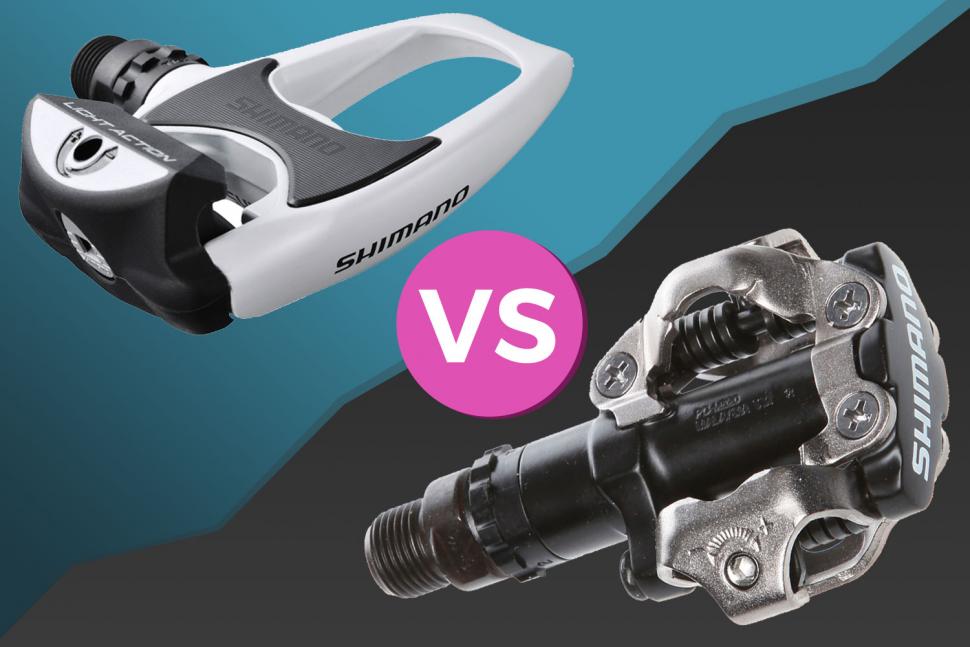 Head to head SPD-SL vs SPD Sept 2018
Head to head SPD-SL vs SPD Sept 2018SPD-SL v SPD — which clipless pedal option is for you?
Updated May 20, 2021
When it comes to clipless pedals, you have the choice between a three-bolt road-style system, like Shimano’s SPD-SL, and a two-bolt mountain bike-style system, such as Shimano’s SPD, and here we’re going to help you decide which is the best option for you.
Check out a whole road.cc forum topic on the subject .
Now, although I’ve already described a three bolt system as ‘road-style’, not everyone who rides on the road opts for this type of pedal, and SPDs are certainly not confined to trail use.
One other thing to mention up top is that most of the characteristics of Shimano’s SPD-SL system are shared by other three-bolt designs from the likes of Look and Time. Plus, other mountain bike systems are similar in essentials to SPD. We're sticking to Shimano here to keep things simple, but here's a pic of some Look Keo Blade Carbons, just to show we're not biased!
Oh, and then there’s Speedplay, a unique system that has many avid fans, although for clarity we’re not going to cover it here. Sorry. If you want to know more about Speedplay, which is particularly valuable for those who need a lot of float, go to our article on 10 of the best clipless pedals.
Okay, so what are we talking about when we say SPD and SPD-SL?
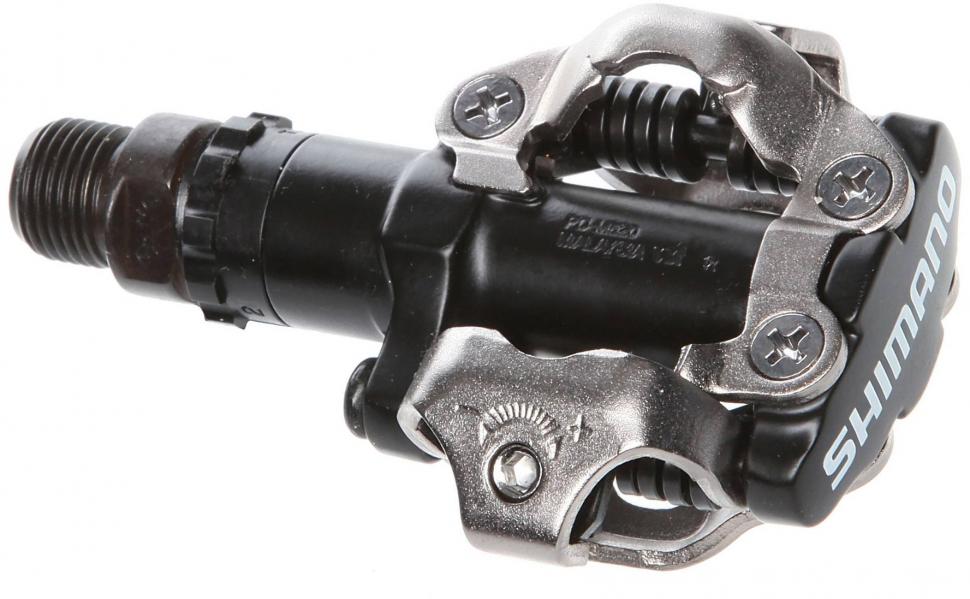
Shimano first released its SPD (Shimano Pedaling Dynamics) design way back in 1990. A smaller metal cleat is mounted to your shoe with two bolts, fitting in a recess in the sole. The recessed cleat makes it easier to walk in SPD shoes and helps guide the cleat into the mechanism, so it’s easier to clip in. Originally intended for mountain biking, SPD has become popular with commuting and recreational riders too who tend to go for inexpensive workhorses like the Shimano PD-M520, above, £30).
SPD-SL pedals, on the other hand, are quite similar to the original road racing clipless pedals introduced by Look in 1984 and updated many times since. These have a three-bolt cleat that stands proud of the sole, hooks into the front of the pedal and is held in place by a spring-loaded latch at the rear. You can see the mechanism in the carbon-fibre-bodied Shimano 105 R7000 pedals, above which are popular with road riders and will typically set you back about £85. This allows an uncomplicated, rigid sole, but is awkward to walk in; think of a penguin waddling on ice or a sheep on lino and you’re somewhere close.
"Our pedals are always developed with particular shoes in mind (and vice versa), so we can give riders a complete pedalling system," says Shimano's Ben Hillsdon. "When making a decision on which to go for it's important to consider whether the shoe and pedal combination offer you the right level of usability and comfort for the type of riding you're doing. One of the biggest differences between the two pedal systems is how easy it is to walk in the shoes, which can have a big impact on a rider's experience and mid-ride coffee stop!"
What type of soles are right for you?
When you walk in SPD-SL shoes, the prominent cleat is in contact with the ground. Little tips on the cleat provide some protection against wear but you get relatively little grip. Most manufacturers make three-bolt soles as rigid as possible for cycling performance, and that’s far from ideal when you’re not on the bike. Really, you want to keep walking to a minimum: getting to and from your bike, tapping in and out of the cafe, that kind of thing.
The Shimano S-Phyre RC9 Shoes that we reviewed here on road.cc are typical shoes for a three-bolt system. They come with a full-carbon sole with a woven, exposed top layer at the cleat placement.
“Shimano gives the S-Phyre RC902 sole a rating of 12 out of 12, suggesting that it's a fan of WeRateDogs, but the rating is well earned. These are very stiff soles that are easily a match for my biggest sprints. It is also a very thin sole and that results in a low stack height for better connection to the pedal,” we said.
That’s great when you’re in the saddle, but it doesn’t make for ease of walking. You get very little grip on wet surfaces, while mud and SPD-SL systems really don’t get along.
The fact that an SPD cleat sits in a recess means that when you’re off the bike it’s not in contact with the ground nearly as much as an SPD-SL cleat. Manufacturers can give you a treaded sole that’ll grip on various different surfaces.
“Not only is the rubber outsole nicely grippy, it's soft enough that it gives a little, so the Forays don't slam your feet with every step. You wouldn't want to hike up a mountain in them, but for pottering round the shops or walking to the cafe counter, they're fine.,” said John Stevenson in his review of Bontrager’s £150 two-bolt Foray shoes. “Walking around in the Forays I barely noticed I was in cycling shoes, aside from the occasional crunch of cleat on a stray pebble. Sure, they're quite stiff, but nowhere near as stiff as, say, carbon fibre road shoes.
“If you're forced to hoof it in cruddy conditions, there's a couple of shallow studs under your toes which could be removed and replaced with bigger grippers. Walking batters them a bit though; they're looking quite worn already, especially on my left, 'touchdown' foot.”
Shoes like the two-bolt Shimano MT3W Women’s £74.99 road shoes that we reviewed are designed for more recreational riding.
“I had no problems at all walking in them for prolonged periods and the level of flex meant there was little of that characteristic slapping down of the feet,” said tester Lara Dunn.
"The soles are very flexible – they're not designed for demanding riders looking for an injection of power – but they are still stiffer and better shaped than trainers or casual shoes."
Also, although mountain bike race shoes, like road race shoes, have rigid soles, some shoes designed for SPD pedals offer more flex.
Giro describes the Petra VR shoes (£94.99), for instance, as “versatile shoes that combine performance riding features like clipless pedal compatibility with the walkability and comfort of light hiking shoes” (the recess for the cleat is covered in the picture below).
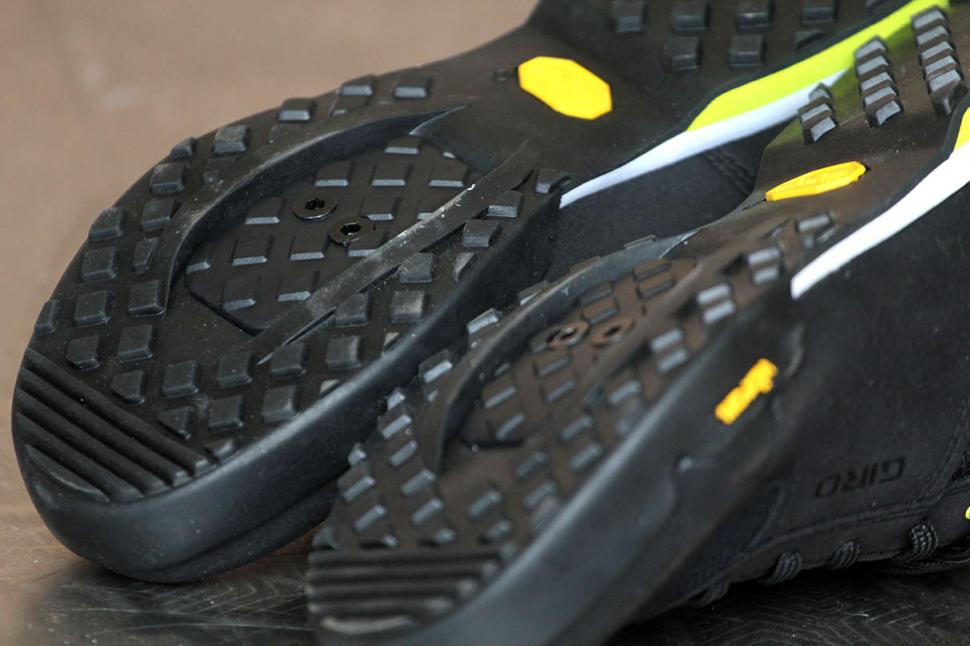
When she reviewed them here on road.cc Lara Dunn said, “These are one of very few pairs of cycling shoes of this ilk that I've tried that genuinely don't feel like cycling shoes when you're walking, such is the fine-tuning of the flexibility of the sole. The soles are also grippy enough to be genuinely useful to walk in.”
Check out all of our shoe reviews here.
There are many two-bolt touring shoes out there, like Decathlon's Triban RC500s (£49.99).
“The sole comprises a glass fibre mid, polyester outer and rubberised grippers. They're drilled for recessed twin-bolt cleats and offer a decent blend of pedalling efficiency and walkability/grip,” said tester Shaun Audane.
Some two-bolt shoes are designed specifically for urban use, like Shimano’s £81.99 CT5 (CT stands for City Touring) which have a casual trainer style to them along with an EVA mid sole designed to add walking comfort.
The more time you’re likely to spend walking, the more appealing SPDs become.
So why wouldn’t you want the treaded outsole that an SPD system allows? There’s no point for a lot of us. If you get on your bike and ride until you get home again, or you just stop for a coffee or to nip into a garage for an emergency Snickers, you might as well save a little weight by doing without.
If you really don't know whether you'll be better off with a two bolt or a three bolt system, some shoes, such as dhb's £60.00 Dorica road shoes (above) are capable of taking either. Look out for a sole that has a pair of SPD bolt holes nestled among the three spots for SPD-SL cleats
Clipping in
Most SPD-SL pedals are single sided, meaning that you can only clip in to them when they are the right way up. With most of the weight at the back of the pedal, they’ll usually hang with the correct side facing backwards towards your foot, so clipping in is straightforward when you get the hang of it. Occasionally, though, bikes do funny things and you might find yourself trying to engage the wrong side of the pedal. Hopefully, no one will notice!
Some people find it easier to clip into SPD pedals than SPD-SLs. First, most (not all) SPD pedals are double-sided, so you can clip in to either side. There’s no such thing as having those pedals the wrong way up.
Second, the recess in the sole of the shoe can help guide the cleat into the mechanism. In truth, though, you’ll probably soon adapt to whichever system you choose.
Shimano Click’r is essentially a variant of SPD with even easier entry and release. You use the same SPD cleats but clipping in and twisting out of Click’r pedals takes far less effort than with standard SPD pedals. You want figures? Shimano reckons it takes 60% less force to clip in, and 50% less force to release.
Over on the road side, the RS500 pedal is available in a standard model for £54.99 and a Light Action model for £43.40.
All of these pedals have spring tension adjustment allowing you to alter the force holding the cleat in place. It’s a simple hex key job that takes seconds.
Check out our guide to getting started with clipless pedals.
Contact area and weight
SPD cleats are small and many people find an SPD-SL system more stable, especially when riding out of the saddle. The top-level Dura-Ace 9100 road race pedals (£234.00), for instance, have a platform that’s 66mm wide.
Read our Shimano Dura-Ace 9100 pedal review.
However, you can buy SPDs that have a cage around the pedal body to increase the size of the contact area with your shoe. Shimano’s PD-M424 pedals (above, £60), for instance, features a resin cage that’s designed to increase foot stability while the PD-M324 pedals (below, £49.99) have an SPD mechanism on one side with a steel platform on the other.
If you want something gnarlier, check out the £57.99 Shimano PD-EH500 pedals, below, which have an SPD mechanism on one side and a mountain bike-style flat on the other, complete with steel grip studs that'll grab any soft-soled shoe.
Despite being larger, SPD-SLs are a little lighter than SPDs of an equivalent standard. SPD-SLs weigh from 228g (per pair) for race-focused Dura-Ace R9100 up to 330g for R540.
SPDs weigh from 310g for XTR cross-country mountain bike pedals to over 500g. A pair of the M324 SPD/flat pedals (above) just mentioned, for example, weighs 533g.
People often say that SPD-SLs offer more stable attachment of the shoe to the pedal than SPDs. Is that true?
"SPD-SL pedals hold the cleat in three positions whilst the SPD pedal holds the cleat in two positions (fore and aft) to make it easy to unclip in off-road situations." says Shimano's Ben Hillsdon. "With both pedal systems, though, the cleat retention (and therefore the stability of the connection) can be adjusted."
Cleats
SPD-SL cleats are available with three different amounts of float (the degree to which your feet can rotate while the cleat remains engaged with the pedal). Cleats with red tips are fixed (0°), blue offers 2° of float and yellow gives you 6°.
The fact that they’re made from plastic and they’re exposed (rather than recessed into the sole of your shoe) means that SPD-SL cleats wear out fairly quickly if you walk far in them on a regular basis.
SPD cleats are metal and they’re better protected when you walk so they tend to last much longer. They’re cheaper too – £14.99 rather than the £19.99 you have to pay for SPD-SL cleats.
SH51 SPD cleats allow you to release from the pedal by twisting your heel outwards while SH56 SPD cleats (above) allow you to disengaged by twisting your foot in either direction.
"Common Shimano SPD cleats (like the SH-51) offer at least 6° of float," says Shimano's Ben Hillsdon. "It's worth mentioning that as cleats wear the amount of float increases so it's important to adjust tension on the pedals to reduce unwanted unclipping."
Prices
SPD-SL pedal prices start at £54.99 for a pair of PD-RS500s (above) and go right up to £234 for Dura-Ace PD-R9100s.
SPD pedals are a little cheaper than SPD-SLs of a similar level. They start at £30 for PD-M520 (above) and go up to £129.99 for XTR-level PD-M9120 trail pedals.
Multi-purpose M324 SPD pedals are £44.99.
What we say
Comments from the road.cc team
“I find SPDs more practical, particularly for commuting, getting on and off the bike, popping in to Sainsbury's on the way home. They're easier to walk in, and because the cleats are metal they don't wear at anything like the rate of a plastic SPD-SL or my Time road cleats. Even when they do wear, they still work. Also, maybe because I'm more used to them, I find them more comfortable over short to medium distances.”
Tony Farrelly, road.cc editor
“I use SPDs for mixed rides and long rides, and the shoes are better for walking in. Maximal power transfer and platform stiffness aren’t such an issue on a 400km audax as not falling down the steps at the tea rooms. Also, they’re easier to clip in to because they're double sided, and cleats and pedals cost 3 shillings and sixpence and last about 1,000 years. If I'm racing, or on the chaingang, I use road shoes and SPD-SLs because they look more pro. Erm. I mean, they're lighter and stiffer”
Dave Atkinson, road.cc tech guy
“If it has fat tyres and I know I’ll be heading off-road at some point in the ride, I ride SPDs. If I’m staying on the road I’ll always go for a three-bolt system because I know I won't be doing any walking and prefer the lightness and stiffness for maximising every measly watt of power I can output (even if it's only in my head). That and I'm also using PowerTap's excellent power meter pedals that i can easily swap between test bikes for consistent power measurement.”
Dave Arthur, road.cc technical editor
What you say
Comments from the road.cc forum
“When I got back into road a few years back I just took the SPDs off my mountain bike and went riding in my carbon soled mountain bike shoes. It was okay but felt wobbly on climbs.
I was then persuaded to buy SPD—SL and some mid range road shoes… The difference in power transfer, and more importantly, foot stability/knee tracking, was night and day different.
I still use SPD on the mountain bike, but for road riding riding, including hill climbing, long distance and even commuting, it’s SPD-SL.”
hampstead_bandit
“The physical benefits of SPD-SL over SPD's are the wider platform of the cleat and pedal means there is more lateral stability for your foot on the pedal.
“The single sided nature of the SL also reduces the profile of the pedal allowing you to pedal marginally deeper into a corner.
A proper road shoe has a stiff sole all the way to the tip of the toe giving a more stable base, whereas in most MTB shoes the carbon or nylon stops just ahead of the cleat to allow the sole to bend slightly at that point, to aid walking as often required in MTBing.
“Road shoes are generally lighter as they don't have tread and reinforcements, so a slight reduction in rotating mass.
“As with all the bike industry claims, none of the above will make the huge difference they would like you to believe, but I do prefer the more stable, lower profile of a proper road shoe/pedal setup.”
DaSy
“Having learned to ride clipless with SPDs, I thought I should try SPD-SLs on my road bike. I never got on with the clipping in on the SLs. Partly this is because it is much easier clipping in to double-sided pedals, but this is not the only factor - I ride A530 single-sided SPDs on my commuting bike, and even these are much easier than the SPD-SLs, even though they are not double sided.
“I was also really unimpressed with the wear on the plastic SPD-SL cleats. I made a real effort not to walk in them, and they still rapidly wore down such that I think I would have needed to replace them at least twice a year, and they're not cheap.
“If your shoe sole is stiff enough, SPDs are fine.”
Mystery Machine
About road.cc Buyer's Guides
The aim of road.cc buyer's guides is to give you the most, authoritative, objective and up-to-date buying advice. We continuously update and republish our guides, checking prices, availability and looking for the best deals.
Our guides include links to websites where you can buy the featured products. Like most sites we make a small amount of money if you buy something after clicking on one of those links. We want you to be happy with what you buy, so we only include a product if we think it's one of the best of its kind.
As far as possible that means recommending equipment that we have actually reviewed, but we also include products that are popular, highly-regarded benchmarks in their categories.
Here's some more information on how road.cc makes money.
You can also find further guides on our sister sites off.road.cc and ebiketips.
road.cc buyer's guides are maintained by the road.cc tech team. Email us with comments, corrections or queries.
Mat has been in cycling media since 1996, on titles including BikeRadar, Total Bike, Total Mountain Bike, What Mountain Bike and Mountain Biking UK, and he has been editor of 220 Triathlon and Cycling Plus. Mat has been road.cc technical editor for over a decade, testing bikes, fettling the latest kit, and trying out the most up-to-the-minute clothing. He has won his category in Ironman UK 70.3 and finished on the podium in both marathons he has run. Mat is a Cambridge graduate who did a post-grad in magazine journalism, and he is a winner of the Cycling Media Award for Specialist Online Writer. Now over 50, he's riding road and gravel bikes most days for fun and fitness rather than training for competitions.
Latest Comments
- Coolkitty 26 min 41 sec ago
Why do people go out and buy a vehicle that takes up the whole road but then wonder why there s problems?
- brooksby 46 min 53 sec ago
I'm not entirely sure that the Orange One understands that concept. Pretty sure that he thinks that "the truth" is whatever he says it is, at any...
- mdavidford 48 min 27 sec ago
His demo unit looks pretty scuffed up, which makes me wonder if it's flapping out and contacting the foot as it passes, which would seem to be......
- BikingBud 54 min 30 sec ago
I had not seen that before but reading it I was shouting that they have handed all the evidence to the prosecution to support the charge. Only to...
- Jem PT 1 hour 4 min ago
And possibly reclaim the VAT on the way back to the UK? At last - a Brexit benefit!
- Surreyrider 1 hour 55 min ago
All good then - go for it. Although maybe the reviewer should be including information like that as it's pretty basic stuff.
- The_Ewan 2 hours 35 min ago
People don't 'need' the big expensive cars either, but people like nice things....
- slc 3 hours 16 min ago
An excellent plan. In fact the Church Road site has parking spaces for rent from time to time, which are snapped up, though not quite as quickly as...
- Tom_77 3 hours 37 min ago
Eventually managed to get my hands on these, ordered from Cycling 2000 (looks like a few other UK shops also have them)....
- Tom_77 3 hours 47 min ago
My brother bought me this mug - no occasion, just "saw this and thought of you".
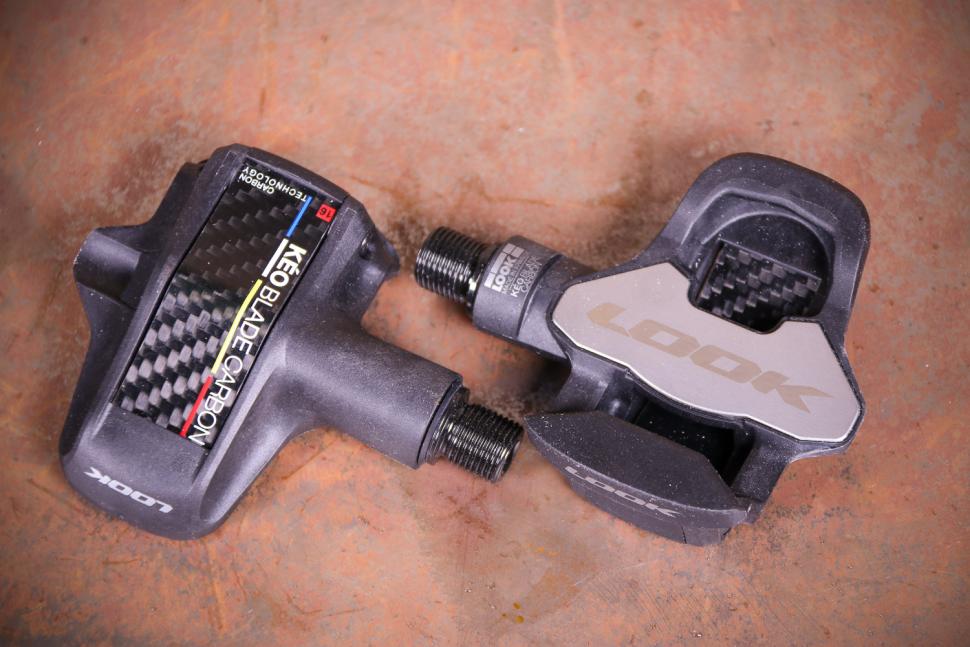

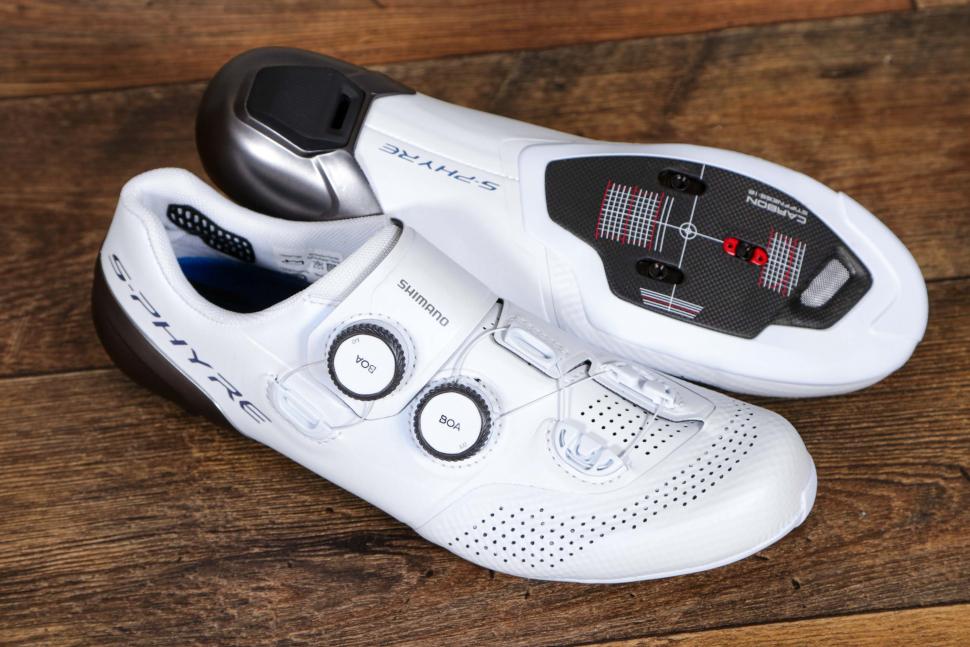
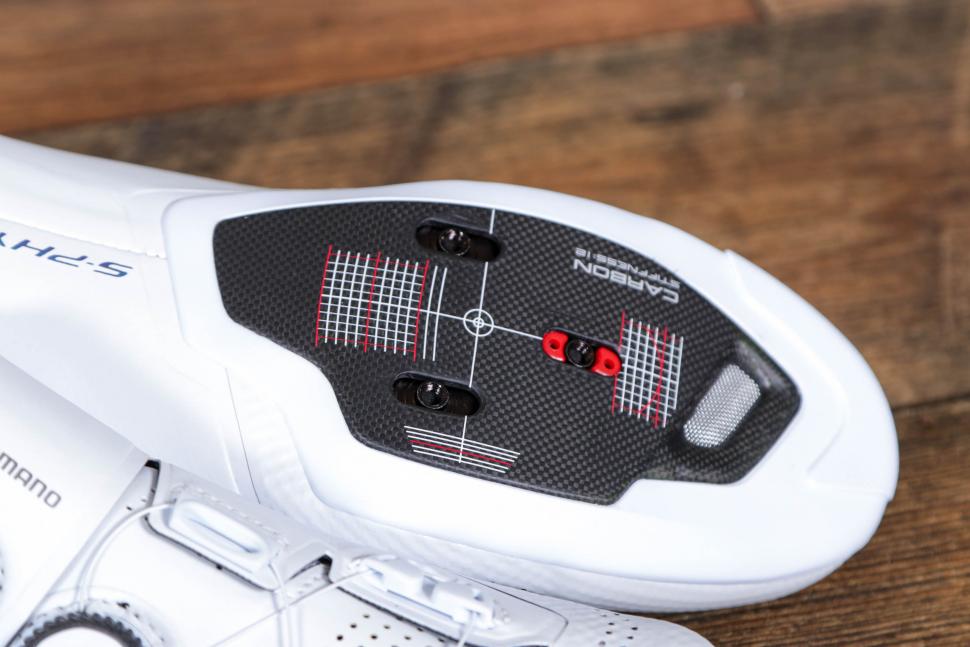


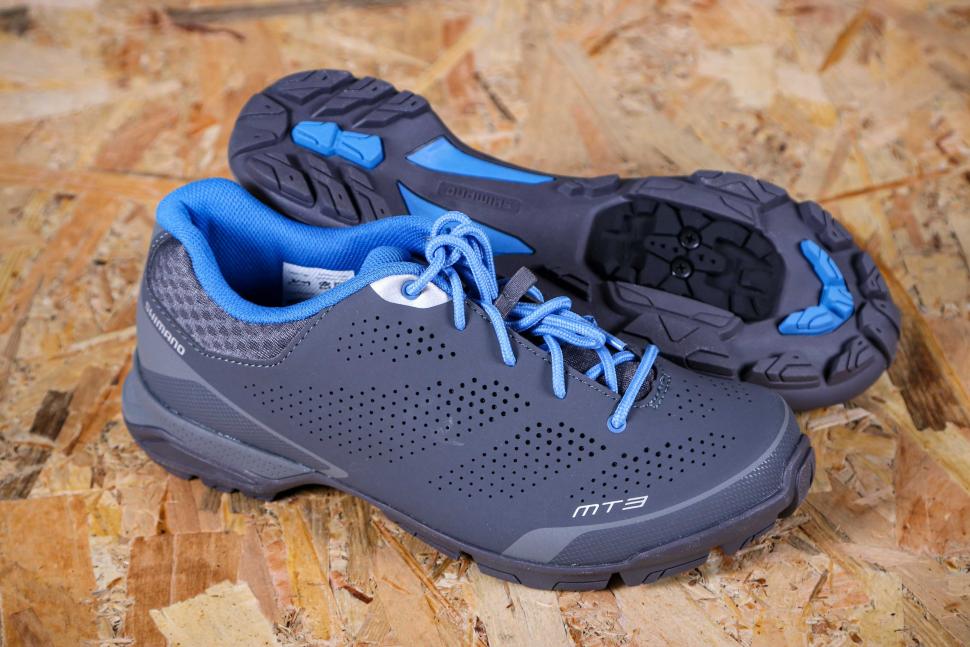
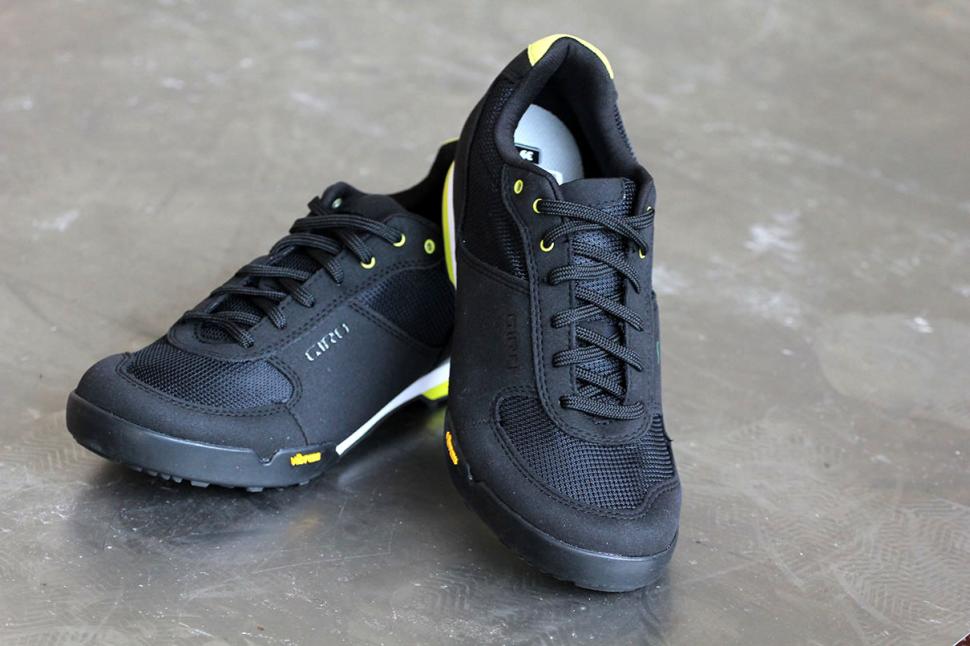
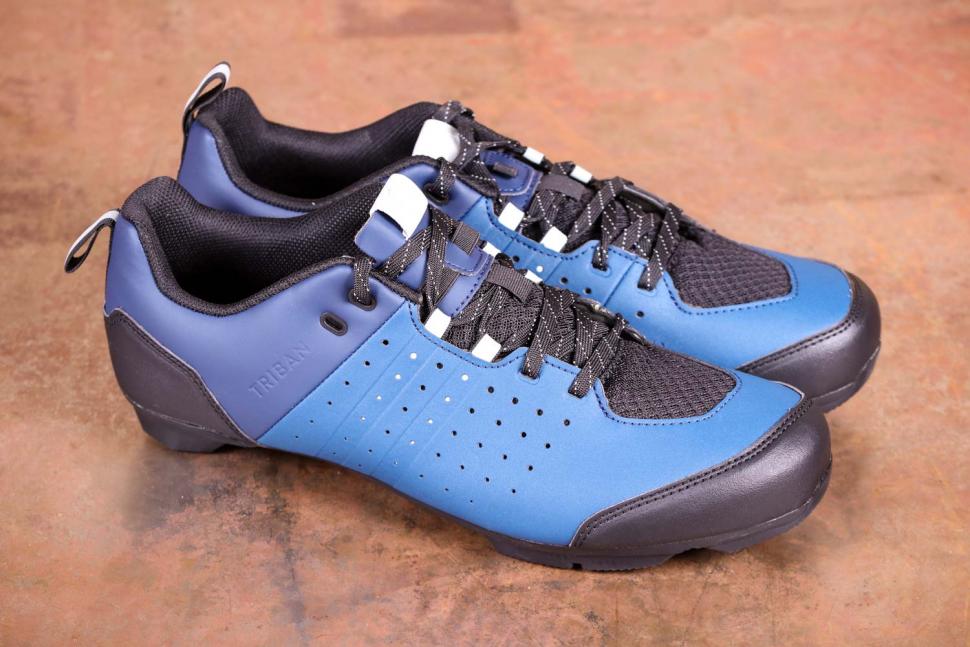
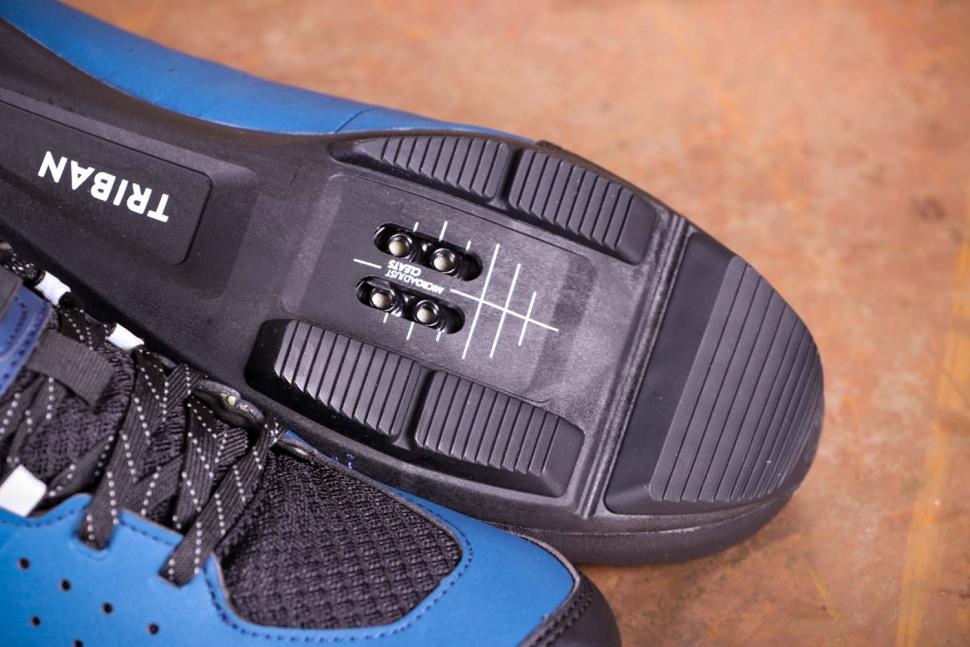

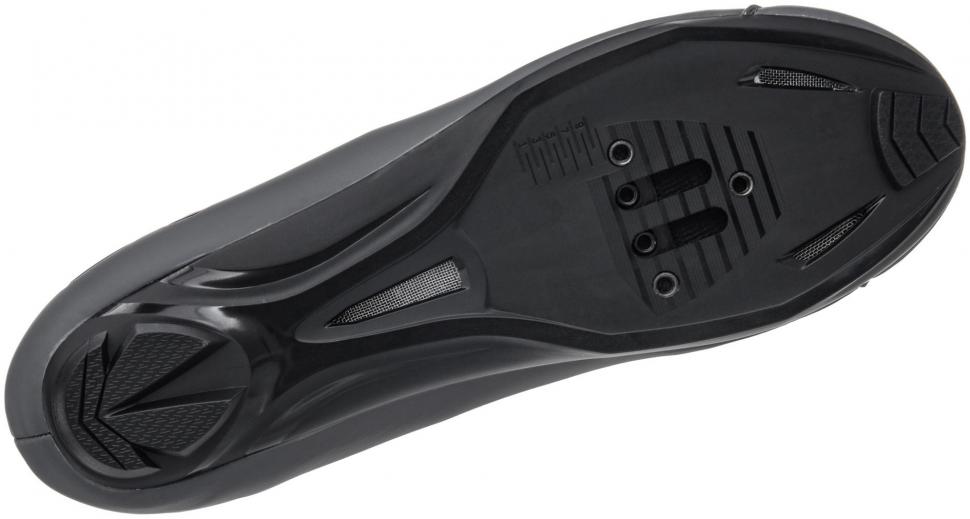


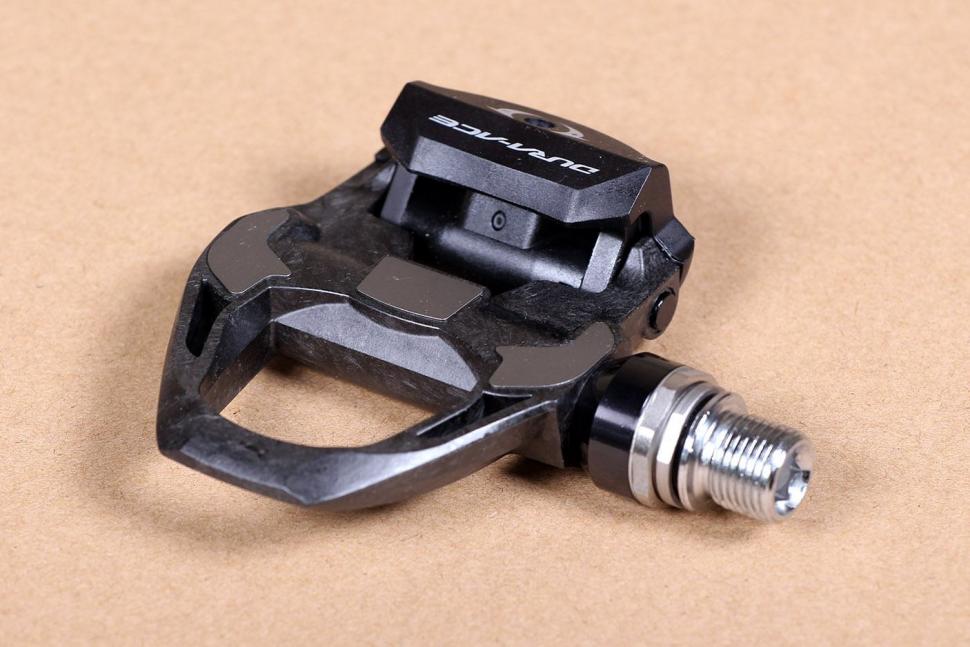
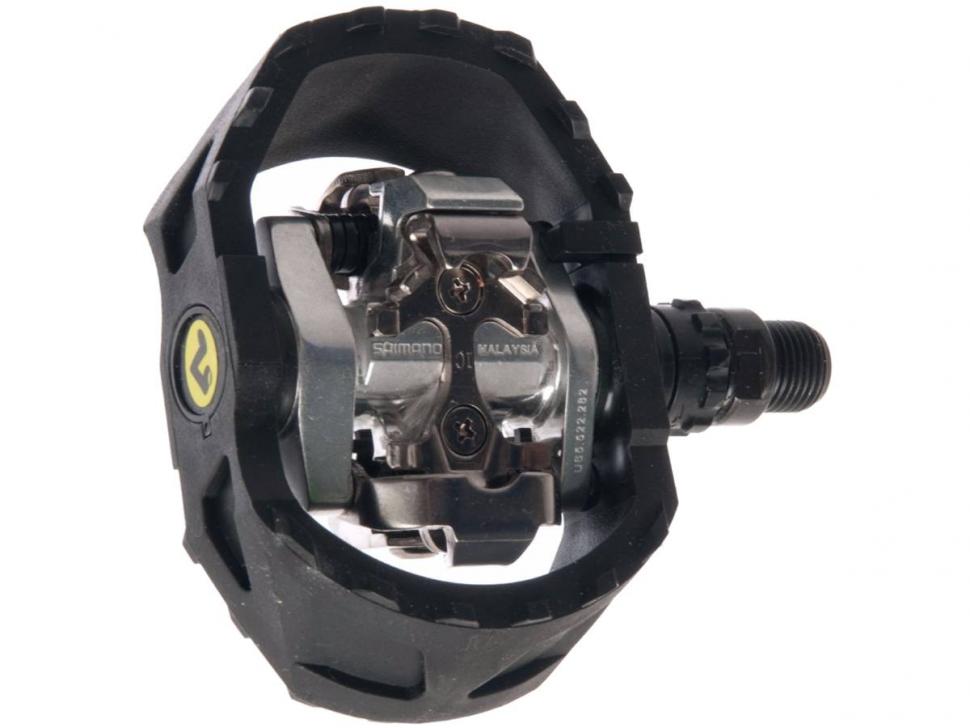



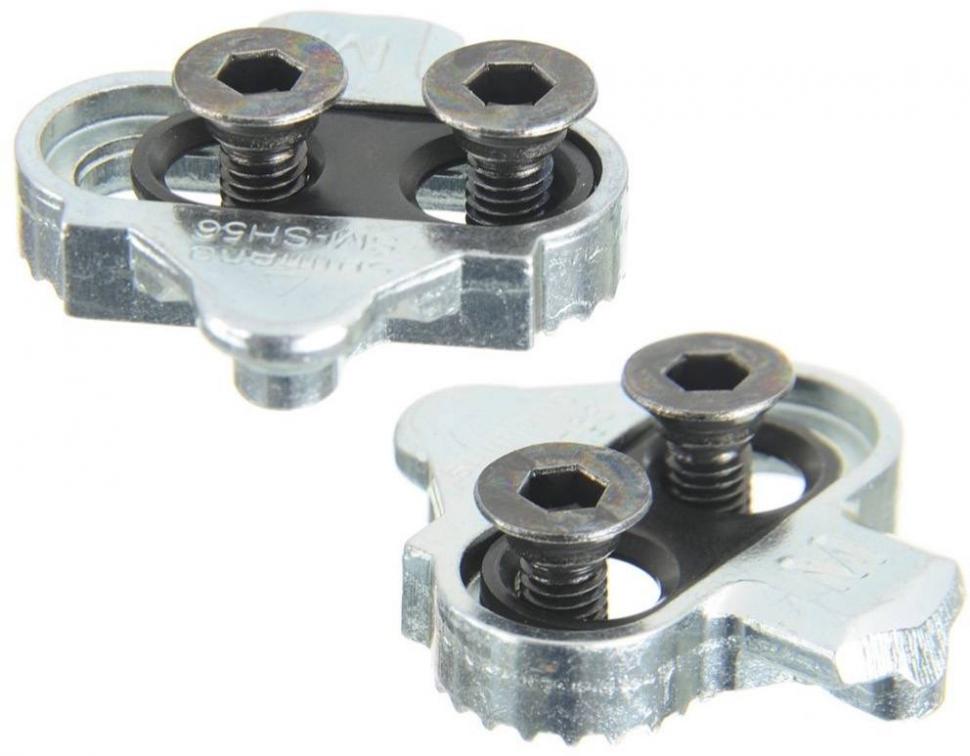
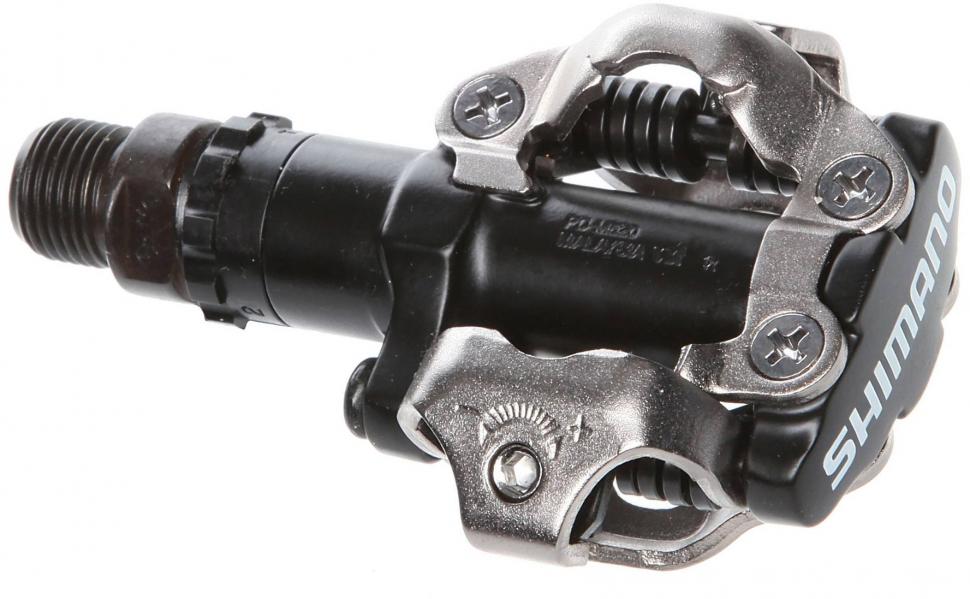

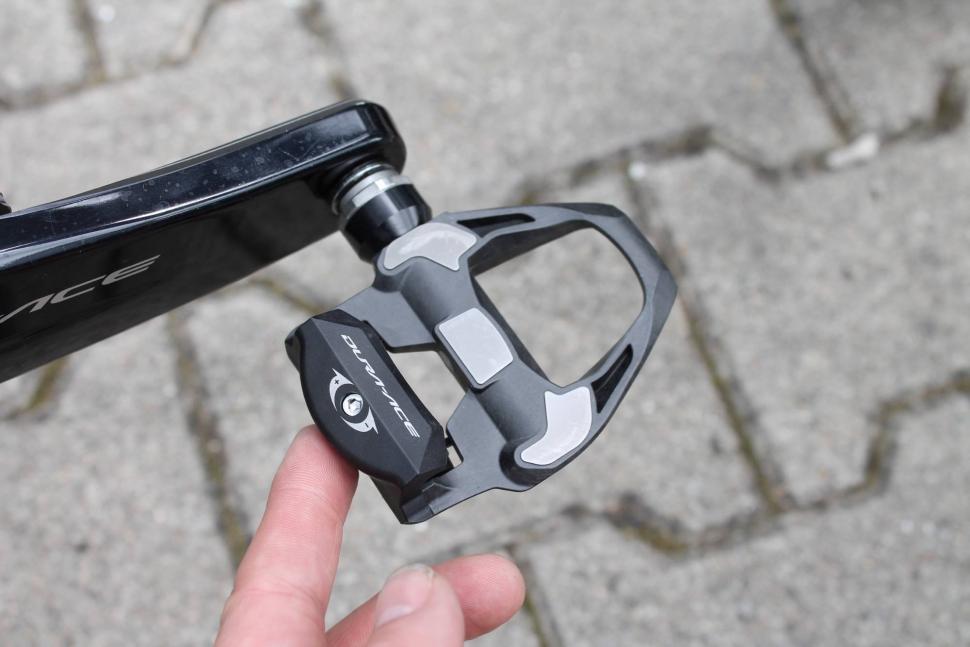
Add new comment
56 comments
Title should be
Do you want to seen walking like a duck or normally when at cafe stop
I'm mostly using Shimano PD-ES600 SPDs now, which are absolutely great. They give many of the benefits of SPD-SL but without the obvious drawbacks in terms of practicality, wear rate and safety off-the-bike bike. I use these on my titanium commuter which also doubles for general 'training' rides (mostly longer and slower efforts, esp in winter).
That said, SPD-SLs seem to be getting a bad press here, I think unjustifiably. SPDs (esp the above) are perfect for many road riding situations. However, if you want to push harder you cannot beat SPD-SL. IMHO they definitely give a more stable and more efficient platform which is perfect for fast riding and racing. The wider platform (even compared with PD-ES600) means they are better for longish rides, though not necessairly for audax-type efforts where you will want to stop more to eat, etc.
Wear-rate is though a big drawback. I once neglected to change worn cleats and my foot disengaged from the pedal and slipped off, resulting in a crash at a fairly high speed and one or more cracked ribs - so don't skimp on replacement! Would be v unlikely with SPD cleats whcih seem to last (almost) forever...
I use both. SPD-SL on the roadies, embedded SPD on the Hybrids. I use rubber covers on the SPD-SL cleats to save too much wear and tear.
For something that wears out too eaasily and doesn't look difficult to make, the plastic cleats are far too expensive. For the price, how difficult would it be to make them more durable? It's another part of our kit that where we are being expected to pay over the odds, and we put up with it.
SPD on commuting bike as they're easier to walk in. Look Keo on road bikes. (SPD-SL would be a perfectly viable alternative, but look pedals were on offer...)
Standard SPD for me. Nothing more to say.
I started clipless with SPDs on my cross bike and stuck with what I knew, but was considering switching over from SPDs to Speedplay ( figured they'd be the closest in feel) on my two bikes - one CX and a new road bike. But then I found the new Specialized Recons, superlight with full and very stiff full carbon sole and went for that upgrade instead. Seems to be a good compromise.
SPD's agin for me (Well actually TIME ATAC). Stiff sole for the MTB, really stiff sole for the road bike. Don't feel any unstableness in either, but after a long day on the road, the extra stiffness stopped tired feet.
Love the fact that I can walk into the pub without sounding like a Tap Dancer, and feel much better in winter at the lights.
SPD SL only lasted 4 months under my feet before I went SPD all the way.
I’ve got road Specialized boa with 2 bolt and boa scott mtb wIth 2 bolt. I use mtb shoes on road bike in winter and wet. Still hard to walk in road shoes with 2 bolt, but not a big deal. Like to be able to use all my shoes with all my bikes. Pity Specialized road no longer include 2 bolt.
You have completely missed the opportunity of using Shimano touring pedals. The A600 model only weighs 293 gms, has a broader road pedal like chassis and yet still enables the use of two bolt shoe. Win win for me and I use them on all my road bikes with a carbon soled shoe.
I'd like to know why there's hardly any clipless pedals with reflectors. It's a legal requirement (after dark) for British roads, though I appreciate that it's never enforced.
The Shimano 324 combi pedals on my hybrid can have them fitted, but they are not very robust (3 of the 4 on mine are broken after two winters of riding), whereas the combis on my road bike don't have space for them. I kind of take the view that, as my shoes have reflective patches on the sides and heels, and I generally wear socks and shorts with reflective patches I can defend myself if anyone was to stop me.
And it isn't true to say that it is never enforced. A friend of mine was stopped for exactly that reason by the local police last winter. They let him off with a warning, and an instruction to get some reflectors, and refused to believe that he had legitimately purchased the pedals in the UK as they were "totally illegal".
He is still riding with them.
Yeah - I've got enough reflectives on my shoes/tights and I've put a small bit of 3M reflective on my cranks as well so I'm not worried about being stopped.
"And it isn't true to say that it is never enforced. A friend of mine was stopped for exactly that reason by the local police last winter. They let him off with a warning, and an instruction to get some reflectors, and refused to believe that he had legitimately purchased the pedals in the UK as they were "totally illegal".
He is still riding with them."
Should have locked him in the cooler overnight and told him to reflect.
File in the same box as "why can't I buy decent lights conforming to BS6102/3?"
Small nation, smaller market,
and soon to have less influence on global manufacturers(nearly started a Brexit rant there).Oh no, another Brexit rant - what were you thinking??
What would be the point, drivers dont see bright flashing lights, flourescent coloured clothing, or a human sat on a metal device.
My neighbour told me yesterday, that a freinds mother(elderly) driving down the local village high street, bounced a fella off the windscreen and knocked a wheelchair users over in the road.
The fella was waving down vehicles to stop so elderly wheelchair user could cross the road. He was stood in the road, a good 30 secs.
Apparently she didnt see either of them until after seeing man laid on her windscreen. She should have handed in her license.
But no, off she went to collect her repaired vehicle, whilst the victims lay in hospital beds- we all know how safe that is at the moment!
Well, the point would be precisely because when they don't see bright flashing lights, flourescent coloured clothing, or a human sat on a metal device, at least their eye is drawn to the reciprocating dance of pedal reflectors in the gloom.
I have 360 ankle bands instead. Plus the 'go faster' stripes on the tights.
Seems a little excessive!
Are you sure it's a requirement to run pedal reflectors at night, and not just a requirement that new bikes are supplied with them? (Assuming pedals are supplied.)
Required by law between sunset and sunrise, unless your bike was manufactured before 1985.
https://www.cyclinguk.org/lighting-regulations
Switched to SPD after 5 years with SPD-SL. I can walk again, I can clip in anywhere, anytime, anyhow. I can ride unpaved sections, dismount in the middle of nowhere, mount again without any worries about cleats becoming dirty and thus completely dysfunctional. All those wasted years :'(
Used to use Speedplays about 10+ years ago but have been using SPDs since then - no matter what bike I am riding/own at the time. A few near-misses caused by poor engagement indeterminate or incomplete contact put paid to the Speedplays *for me*. I manage to make SPDs engage first-time every time, and have double the opportunity to do so.
Currently have some nice XTR M9020s on my gravel bike, enjoy its wider platform, and now know that it's worthwhile upgrading my Sidis to full carbon soles to get more benefit from the system as a whole.
I've got T8000s on my road bike - platform with pins one side, SPD the other. Lovely pedals, even have reflectors and yet still manage to not look completely dreadful.
Tourer/Gravel/Shop/Pub bike has DMR V12s - brilliant for off-road stability but they cause issues with toe overlap now I'm running 40mm tyres on that bike. Might need to go to something smaller, but will still be flats so I don't trash my road shoes (Shimano MT5 - a bit clunky but essential for the muddy lanes that count as tarmac around here.
I've never tried SPD-SLs - my feet don't seem to get on with ultra-stiff shoes.
For road bike riding, I'm a fan of Campagnolo Pro Fit clipless pedals, super smooth bearings, easy to get out of (seperate release tension) and they look great
Got SPD for my roadbike to replace SPD-SL having used these for 3 years. Have used SPD on hybrid bike for rides up to about 30 miles, no issues. Same MTB shoes used on the roadbike. My feet hurt a lot over the 2-3 rides I endured. No idea why this happened. Put the SPD-SL's back on the road bike, pain in feet for a week or so. Now ok again. I'm confused! The shoes are middle-of-road with carbon re-inforced nylon soles, stiff but not super stiff like full carbon soles. Maybe that's why.
I think both systems are excellent. But I do prefer SPD-SL for long rides. They 'feel' better and I find them more comfortable. The SPD's I have are the hybrid model, flat on one side. Big advantage is that you can use normal shoes also and that the cleats last forever. With SPD'SL's, they'll do fine for a year or so.
Speedplays. Expensive. Can jam if lots of mud gets in. Require servicing (well, lube on the cleats, grease injection every six months for the pedals). Unusual shoe bolt pattern.
But despite those disadvantages, they’re still a lot better than SPDs or SPD-SLs. And the "can’t walk in them, cleats wear fast it you do" problem has been fixed with the walkable cleats introduced a couple of years ago.
It’s as simple as I’ve chosen one system to fit all of my shoes to all of my bikes. Or reverse.
SPD all the way for me. Never could work out why I had to buy all new stuff for road biking. Though I do use Shimano A520 pedals. SPD/wide platform/low profile/shiny/cheap/wear well and always hang exactly right to kick in - suits me. I'm just an old slugger though - super light gear and 'stiff' shoes don't do it for me.
Pages